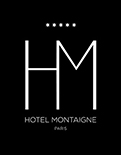The Triangle d’Or private hotel, in the heart of Paris’ fashion and culture, a confidential 5-star hotel where a chic and discreet clientele takes refuge on the Avenue Montaigne. At number 6, its imposing Haussmannian building and its mythical terrace make it an exceptional place in an amber and contemporary atmosphere.
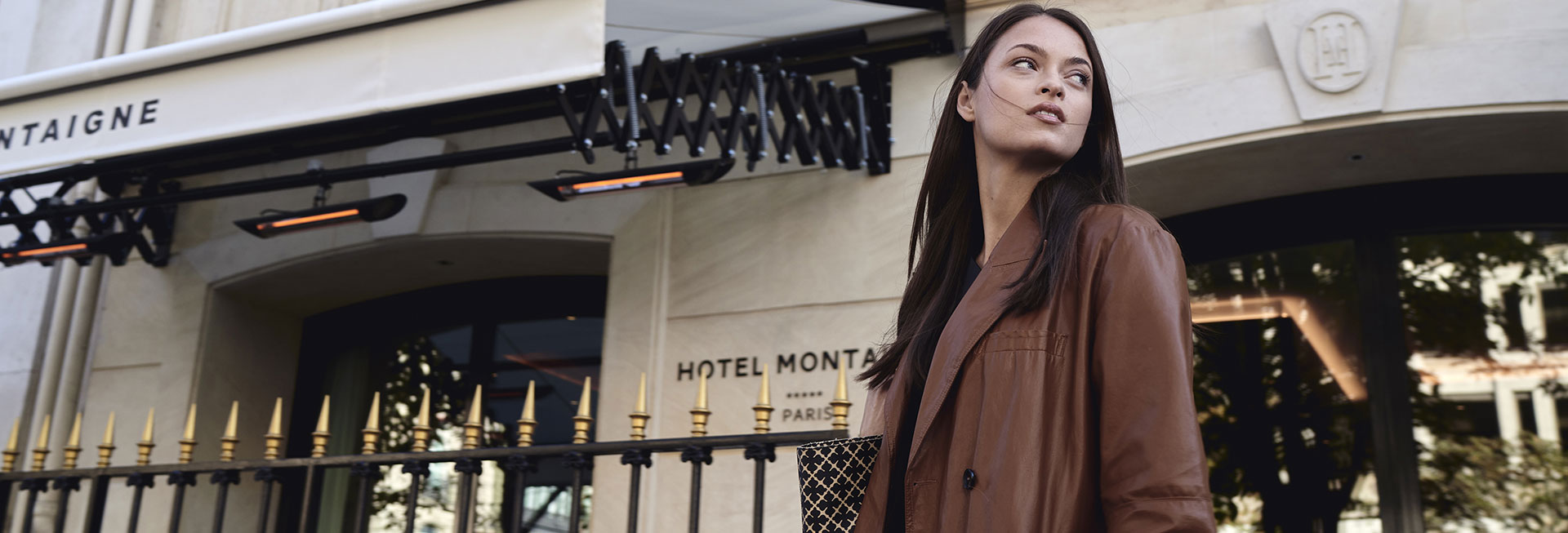

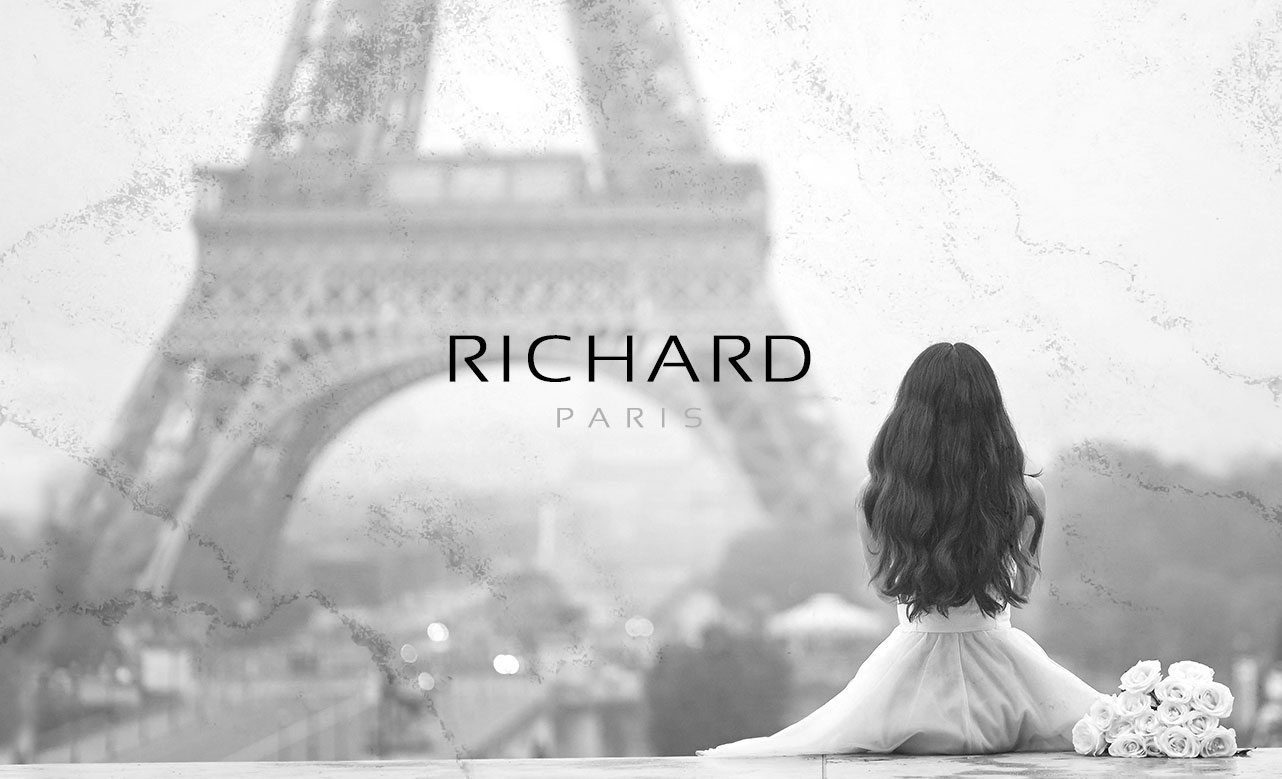
Our addresses
for eating out
For your dining pleasure, the restaurants Marius & Janette, Chez Francis and Le Bistrot de Marius will welcome you just a few steps from the Hôtel Montaigne.
Whether you prefer seafood delicacies or a luxury brasserie, the Richard Paris Group’s restaurants will meet your every need.

Our addresses
for eating out
For your dining pleasure, the restaurants Marius & Janette, Chez Francis and Le Bistrot de Marius will welcome you just a few steps from the Hôtel Montaigne.
Whether you prefer seafood delicacies or a luxury brasserie, the Richard Paris Group’s restaurants will meet your every need.
The design by
Pierre-Yves Rochon
As an international figure in interior design, Pierre-Yves ROCHON is personally involved in every assignment, approaching each project from a unique perspective. He is renowned worldwide for his achievements as an interior designer and his creativity in the luxury hotel and restaurant industry.
Hotel Montaigne, Designed by Pierre-Yves Rochon, the interior design combines materials, textures and furnishings in traditional and modern styles creating an elegant, warm and soothing atmosphere.
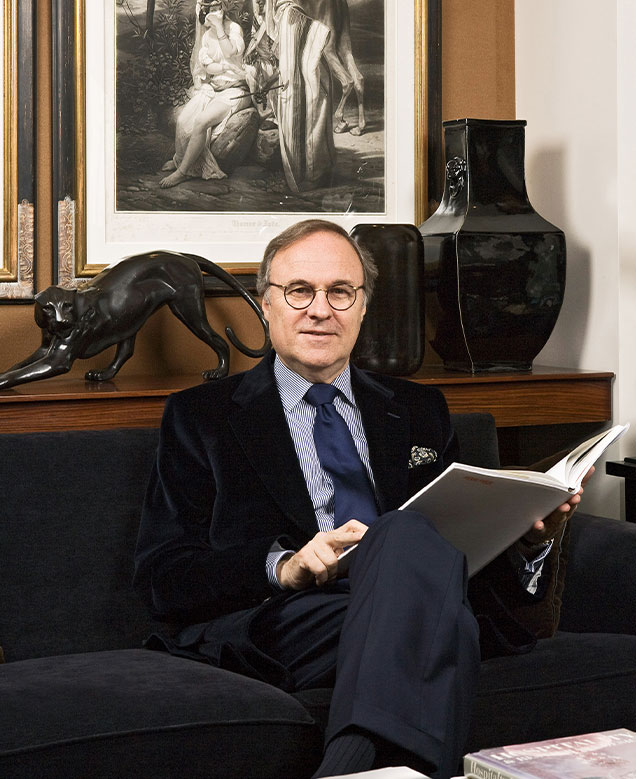

The design by
Pierre-Yves Rochon
As an international figure in interior design, Pierre-Yves ROCHON is personally involved in every assignment, approaching each project from a unique perspective. He is renowned worldwide for his achievements as an interior designer and his creativity in the luxury hotel and restaurant industry.
Hotel Montaigne, Designed by Pierre-Yves Rochon, the interior design combines materials, textures and furnishings in traditional and modern styles creating an elegant, warm and soothing atmosphere.
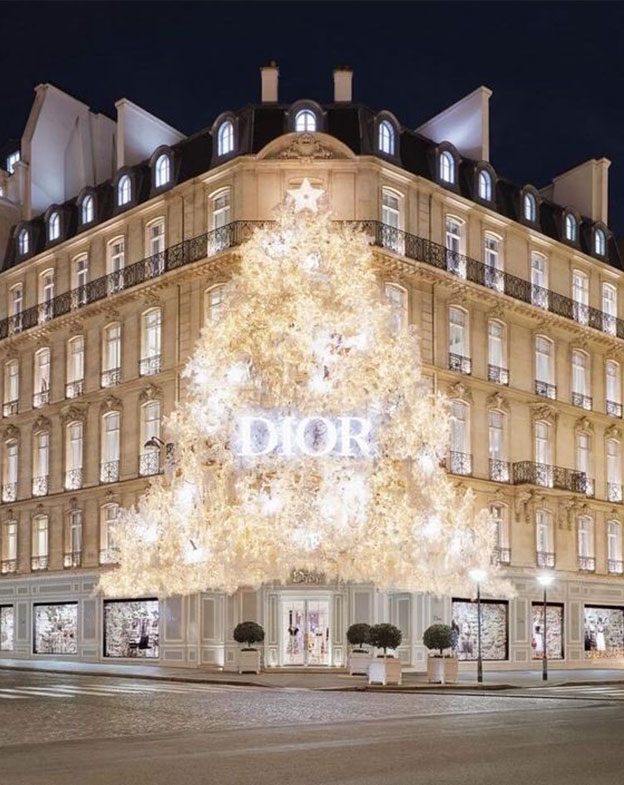
The neighborhood
The Hotel Montaigne is located on Avenue Montaigne, the emblematic artery of Haute Couture and Culture. This haven of calm and serenity is right in the heart of Paris in the golden triangle, with its luxury boutiques (Armani, Chanel, Chloé, Dior, Fendi, Ferragamo, Louis Vuitton, Prada, Ungaro, Valentino, Versace…), the effervescence of shows (Crazy Horse…) and theatres (Théâtre des Champs-Élysées, Théâtre du Rond-Point…).
This privileged and ideal district is never far from your business meetings and will facilitate your tourist escapades.
You will appreciate strolling just a stone’s throw from the Champs-Élysées, and extending your walk to the Arc de Triomphe. So close to the Seine, you will take a few steps to discover the Eiffel Tower, along the quays of Paris. A tree-lined walk leads you to the Museum of Primitive Art on the Quai Branly!

The neighborhood
The Hotel Montaigne is located on Avenue Montaigne, the emblematic artery of Haute Couture and Culture. This haven of calm and serenity is right in the heart of Paris in the golden triangle, with its luxury boutiques (Armani, Chanel, Chloé, Dior, Fendi, Ferragamo, Louis Vuitton, Prada, Ungaro, Valentino, Versace…), the effervescence of shows (Crazy Horse…) and theatres (Théâtre des Champs-Élysées, Théâtre du Rond-Point…).
This privileged and ideal district is never far from your business meetings and will facilitate your tourist escapades.
You will appreciate strolling just a stone’s throw from the Champs-Élysées, and extending your walk to the Arc de Triomphe. So close to the Seine, you will take a few steps to discover the Eiffel Tower, along the quays of Paris. A tree-lined walk leads you to the Museum of Primitive Art on the Quai Branly!
The History
The history of the Avenue Montaigne district…
In writings from the 17th century, the Avenue Montaigne is referred to as a simple path along which vegetables were grown.
In 1770, this avenue was planted with a double row of elms by order of the Marquis de Marigny and was nicknamed Allée des Veuves. This was because it was the place to meet lonely women in search of a gallant adventure.
It was not the refined place we know today. It was at the foot of one of the elm trees in the Allée des Veuves, in front of the house of a certain Dame Brûlée, that the French crown jewels stolen in 1792 were buried.
In 1850, the avenue was renamed Avenue Montaigne in honour of the moralist Michel de Montaigne. During the Universal Exhibition of 1855, the Palais des Beaux-Arts was built there by the architect Hector-Martin Lefuel, and elegant houses began to be built along the avenue, which became one of the most fashionable places in the Champs-Elysées district.
The avenue leads to a breathtaking view of the most famous building in Paris: the Eiffel Tower.
Since 1913, the avenue has been home to the famous art-deco Théâtre des Champs-Elysées opposite the Hôtel Montaigne.
After the war, the installation of the young fashion designer Christian Dior led to the development of luxury shops on the avenue and the prosperity it is known for.
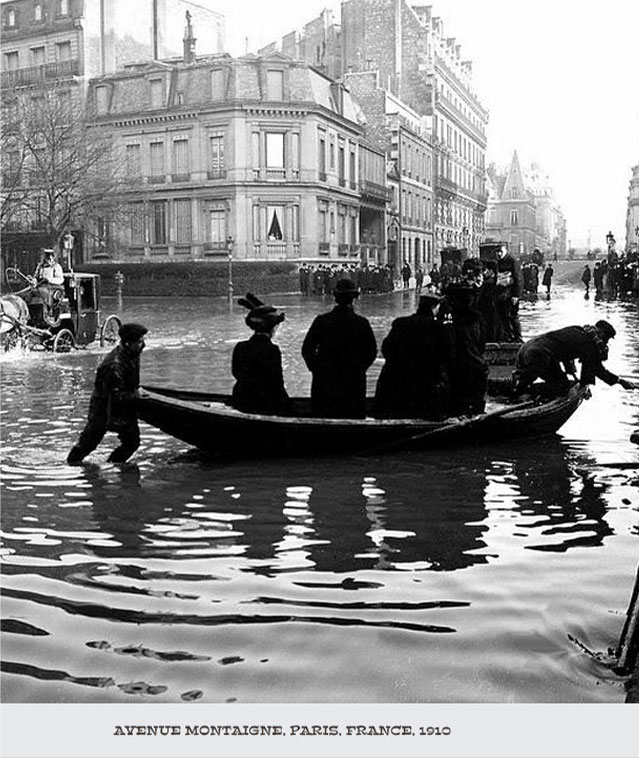

The History
The history of the Avenue Montaigne district…
In writings from the 17th century, the Avenue Montaigne is referred to as a simple path along which vegetables were grown.
In 1770, this avenue was planted with a double row of elms by order of the Marquis de Marigny and was nicknamed Allée des Veuves. This was because it was the place to meet lonely women in search of a gallant adventure.
It was not the refined place we know today. It was at the foot of one of the elm trees in the Allée des Veuves, in front of the house of a certain Dame Brûlée, that the French crown jewels stolen in 1792 were buried.
In 1850, the avenue was renamed Avenue Montaigne in honour of the moralist Michel de Montaigne. During the Universal Exhibition of 1855, the Palais des Beaux-Arts was built there by the architect Hector-Martin Lefuel, and elegant houses began to be built along the avenue, which became one of the most fashionable places in the Champs-Elysées district.
The avenue leads to a breathtaking view of the most famous building in Paris: the Eiffel Tower.
Since 1913, the avenue has been home to the famous art-deco Théâtre des Champs-Elysées opposite the Hôtel Montaigne.
After the war, the installation of the young fashion designer Christian Dior led to the development of luxury shops on the avenue and the prosperity it is known for.
The place in pictures
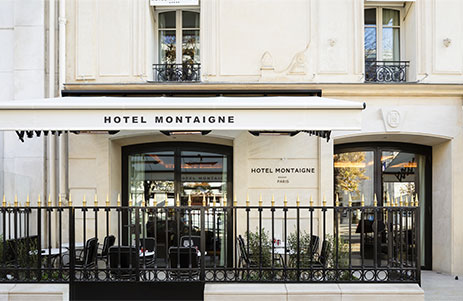
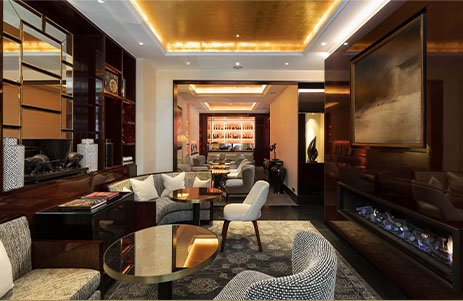
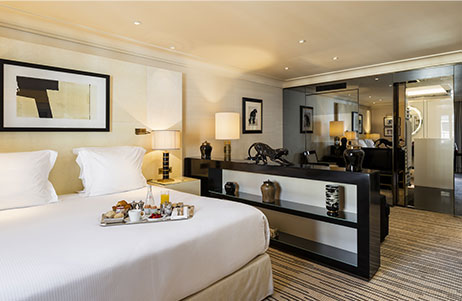
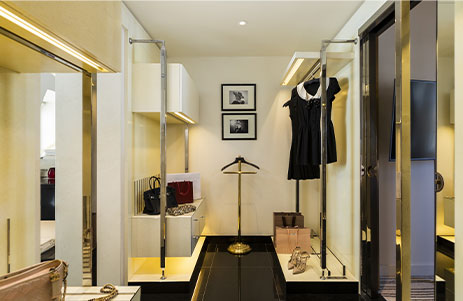
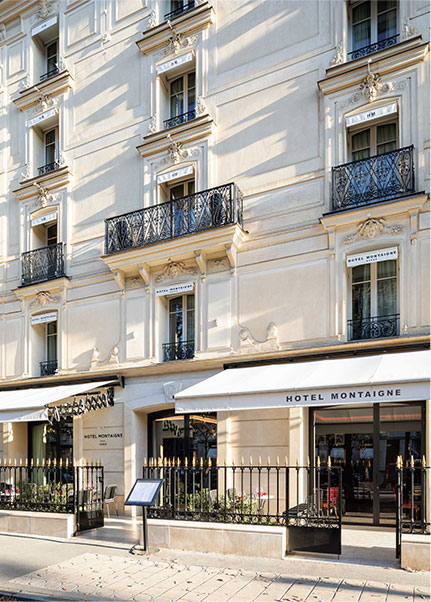
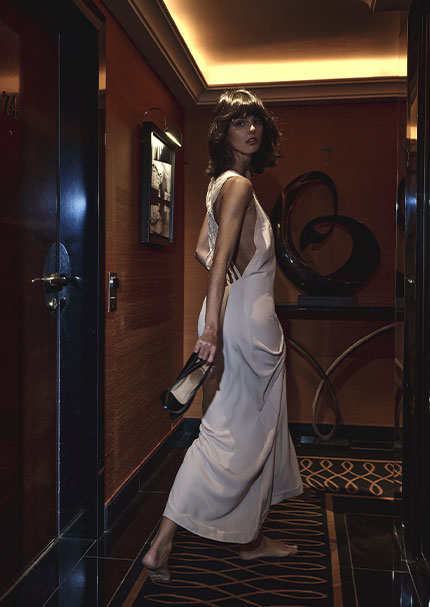
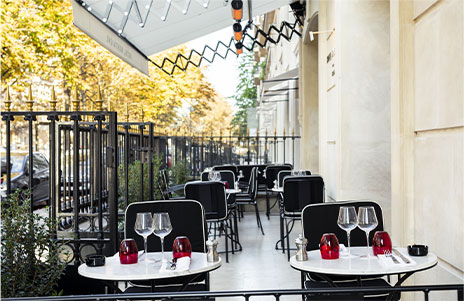
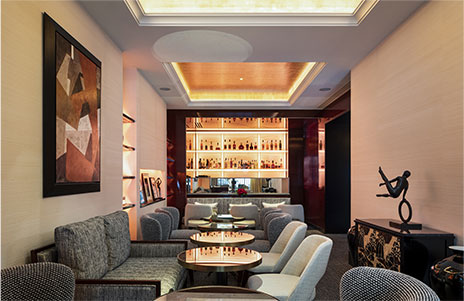
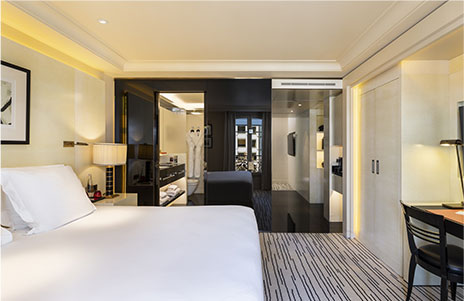
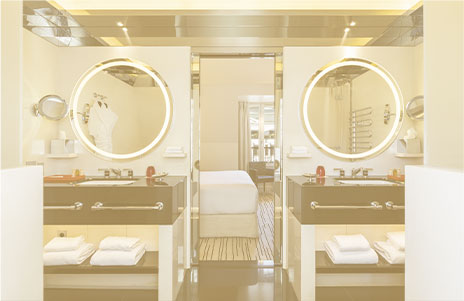
The place in pictures










